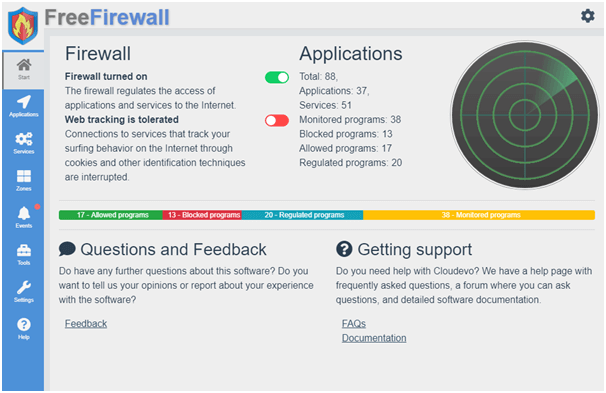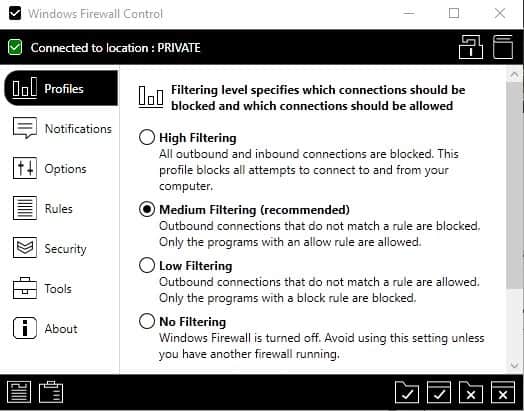
To see the firewall status, enter: sudo ufw statusĪnd for more verbose status information use: sudo ufw status verbose A ufw-user-limit -m limit -limit 3/minute -j LOG -log-prefix ": " A ufw-user-input -p tcp -dport 80 -j ACCEPT For example, the following is what would be applied if opening the HTTP port: sudo ufw -dry-run allow http Replace 192.168.0.2 with 192.168.0.0/24 to allow SSH access from the entire subnet.Īdding the –dry-run option to a ufw command will output the resulting rules, but not apply them. The following example allows SSH access from host 192.168.0.2 to any IP address on this host: sudo ufw allow proto tcp from 192.168.0.2 to any port 22

It is also possible to allow access from specific hosts or networks to a port.

To remove a rule, use delete followed by the rule: sudo ufw delete deny 22 Similarly, to close an opened port: sudo ufw deny 22 Rules can also be added using a numbered format: sudo ufw insert 1 allow 80 To open a port (SSH in this example): sudo ufw allow 22 From a terminal prompt enter: sudo ufw enable
BEST WINDOWS 10 FIREWALL CONTROL APP HOW TO
The following are some examples of how to use ufw:įirst, ufw needs to be enabled. It is currently mainly used for host-based firewalls.” “ufw is not intended to provide complete firewall functionality via its command interface, but instead provides an easy way to add or remove simple rules. Developed to ease iptables firewall configuration, ufw provides a user-friendly way to create an IPv4 or IPv6 host-based firewall. The default firewall configuration tool for Ubuntu is ufw. Thus, iptables is all you need to manage your firewall, if you’re familiar with it, but many frontends are available to simplify the task. This is the purpose of iptables: When a packet reaches your server, it will be handed off to the Netfilter subsystem for acceptance, manipulation, or rejection based on the rules supplied to it from userspace via iptables. The kernel’s packet filtering system would be of little use to administrators without a userspace interface to manage it. All modern Linux firewall solutions use this system for packet filtering.

The Linux kernel includes the Netfilter subsystem, which is used to manipulate or decide the fate of network traffic headed into or through your server. Multi-node configuration with Docker-Composeĭistributed Replicated Block Device (DRBD)


 0 kommentar(er)
0 kommentar(er)
